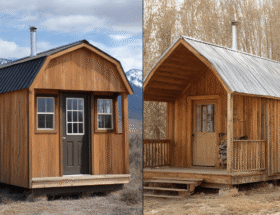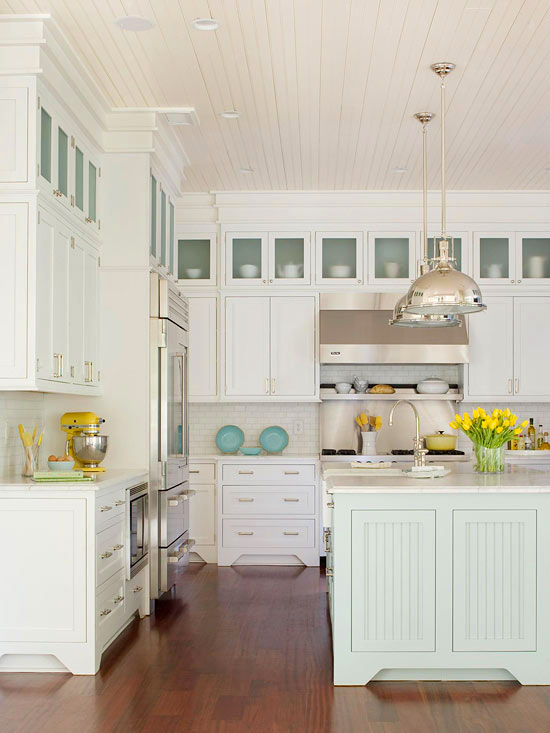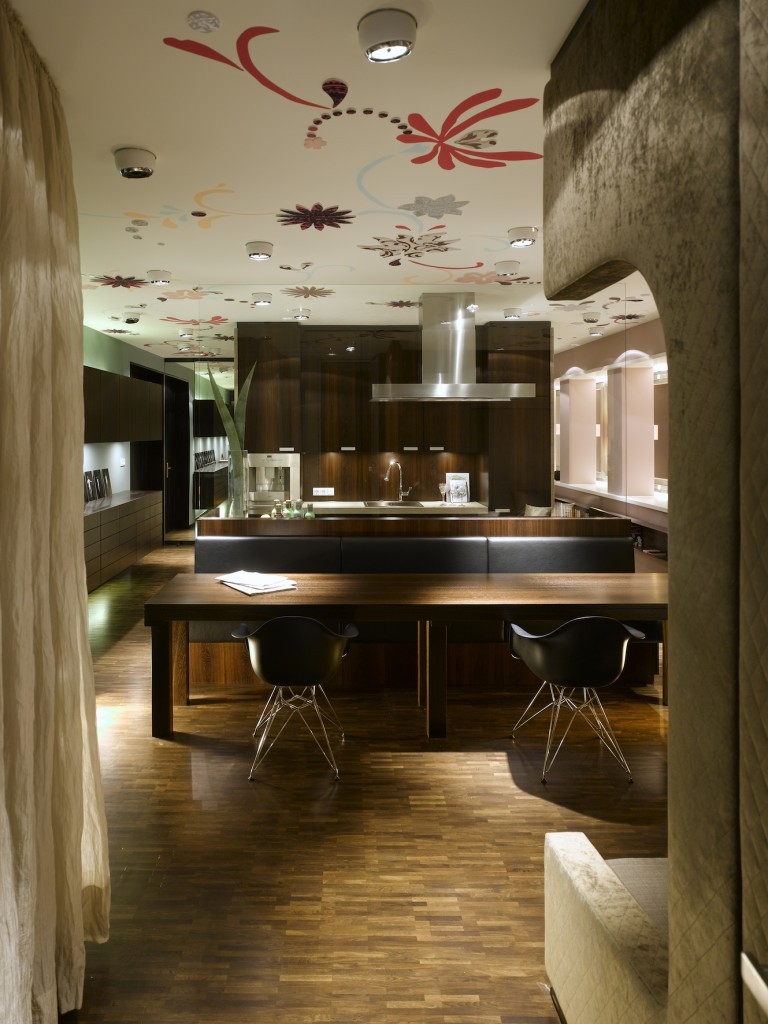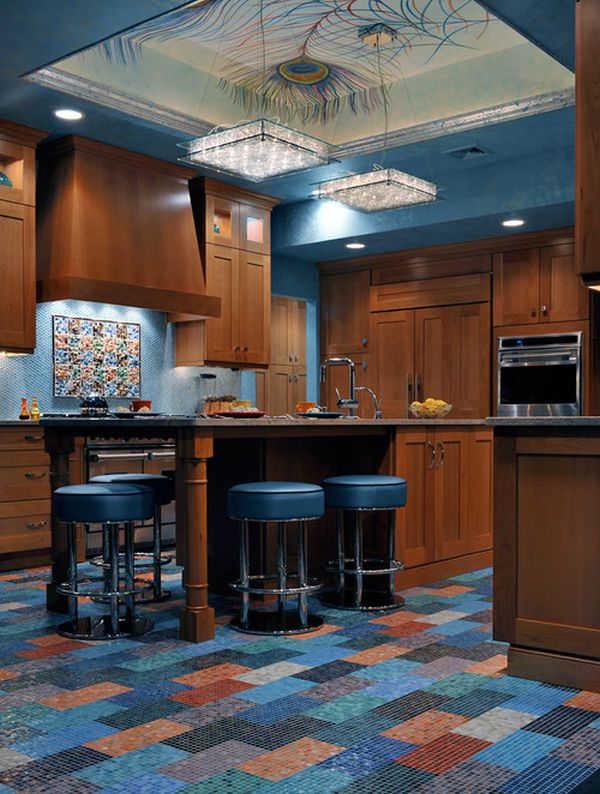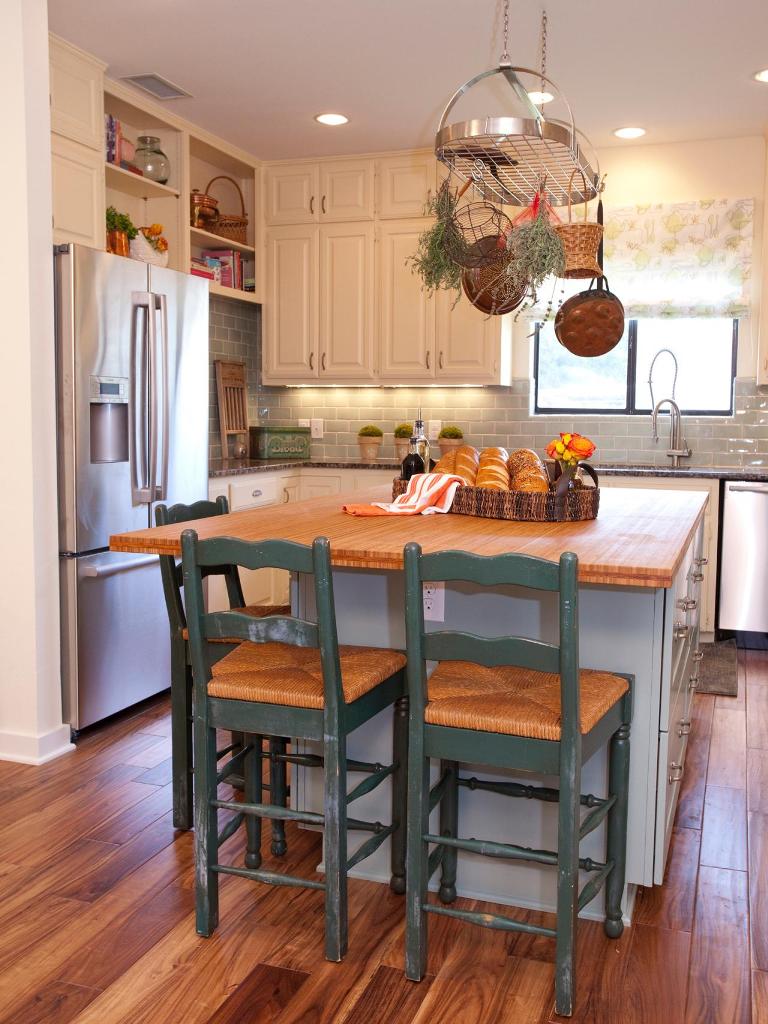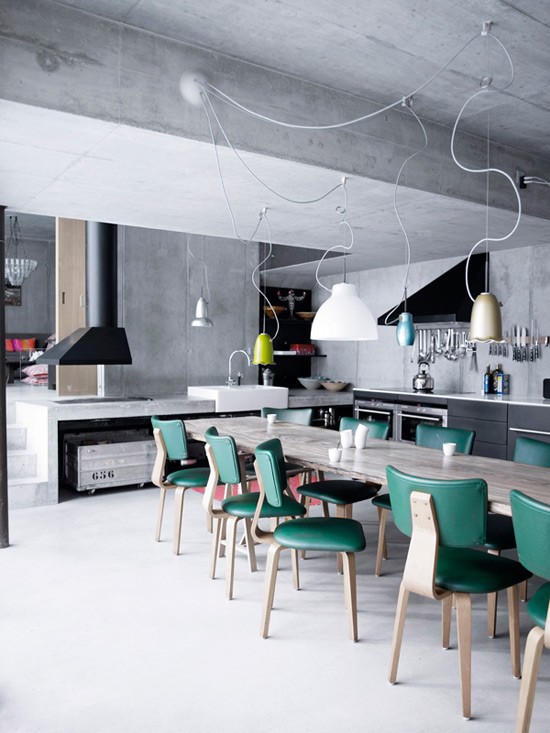Having a pool at home is having your own private paradise. Having a pool at home is not as complicated as it sounds. We explain everything you need to know about the subject. Everyone has dreamed of having a pool at home, right? It feels amazing to be able to wake up on a summer day and have your own private wet paradise.

However, until this dream comes true, there are many details to pay attention to. The good news is that we’ve decided to make this matter uncomplicated for you. Check out below everything you need to know to have a swimming pool at home.
1- Is it too expensive to build a pool at home?
There is no way to say exactly how much it can cost to build a swimming pool at home. This will depend on several factors that directly influence the budget of the work, such as the project, size and type of pool, materials, among others. It also has the finishing area, which can make your pool cheaper or extremely expensive.
Another factor that should be taken into consideration when having a pool at home is cleaning and maintenance equipment. After all, everyone has a cost and the pool requires continuous care.
Services such as cleaning and maintaining the water’s pH and chlorine levels, taking care of filters and machinery, among others, are items that can even be outsourced.
2- The project
 The project will determine the best type, model, measurements and shape of the swimming pool at home.
The project will determine the best type, model, measurements and shape of the swimming pool at home.
Before changing the land to have a swimming pool at home, it is necessary to carry out a series of studies and analyses. To build it you need to have a project so that everything happens in the best possible way, always respecting the budget.
In fact, it is through the project that the land will be analyzed to choose the best type, model, measurements and shape of the pool. Everything to make the best use of the space, observing the rules and also the sunny hours, in addition to ensuring the safety of the work.
Another advantage is that the design for a swimming pool at home always considers other important factors, referring to the installation of equipment.
Not to mention the area’s landscaping project , in which the furniture, plants, lighting and finishing will be defined. This phase is essential to avoid construction errors or future problems for the owner.
Pool Types
3- FIBERGLASS
Fiberglass or fiberglass is a great, cost-effective choice for a home pool as it is an inexpensive material that requires low maintenance costs .
Fiberglass pools are prefabricated, so they don’t need any kind of waterproofing. Just dig in and install.
This type of pool, as it has a smooth surface, sticks little slime and affects almost nothing on the pH of the water, therefore, it requires the use of few products.
Despite being cheaper, it is necessary to pay attention to the amount of chemicals that are used to maintain the water, as they can stain the pool paint.
4- CONCRETE OR MASONRY
 The masonry pools have a highly refined visual standard
The masonry pools have a highly refined visual standard
Masonry pools are made of concrete and can be covered with tiles or ceramic coatings, such as porcelain.
These pools are usually more expensive than fiberglass ones, but they last much longer, reaching up to 30 years of use. They can also receive different types of finishes for customization, further increasing the range of options in terms of combination.
One factor that must be taken into consideration is whether the work needs a waterproofing layer, which usually can be asphalt blanket or mortar.
4- VINYL
The home pool made out of vinyl is the type least chosen by consumers. This is because the material is more sensitive to sharp or piercing objects. This type of pool is basically built on the same structure as the concrete one.
Vinyl already serves as a finish, which does not require coating and waterproofing. However, it is necessary that filling occurs quickly to avoid wrinkles on the bottom. Generally, the use of water trucks is necessary to fill with water.
In short, masonry pools are much more resistant and can be customized in numerous ways, according to your choice. Now, if the option is practicality, fiber is the best option.
Size and Depth
5- SIZES
As for pool sizes, it doesn’t matter which type you prefer, be it fiber, masonry or vinyl. After all, all types are produced in the appropriate format and measure for the space in which it will be installed.
The project helps in choosing a model that is suitable for the terrain and that makes the best use of the area as a whole. But the general recommendation is that there is at least 30m² free for construction and that it be located in the highest area of the land, providing a panoramic and spectacular view.
6- DEPTH
 All types are produced in the format and measure that the client needs
All types are produced in the format and measure that the client needs
Choosing the depth of a pool is extremely important as there are factors that must be taken into account. First, it is necessary to know what the pool will be used for: leisure or sport, for example, or if it will be used by adults and/or children.
Through these questions, depth patterns are presented. Among the most common are:
Foot wash: 30cm;
Small beach: 50cm;
Infant: 90cm;
Family: 120cm;
Conventional: 150cm.
Types of floors for the pool deck at home
The pool deck is a place that will eventually have the presence of water. Therefore, it is necessary to always think about safety combined with the environment and, of course, the durability and quality of the material.
7- WOOD
 The porcelain tile that reproduces wood is perfect for finishing the pool deck
The porcelain tile that reproduces wood is perfect for finishing the pool deck
Despite being widely used for decking, wood is not the best material for this purpose, as water will come into frequent contact and will spoil the wood, which is also susceptible to attack by termites and other pests.
So, if you want to keep the charm of the wood without taking the risks mentioned above, you can opt for a porcelain tile that reproduces the material.
8- STONE
Another very common choice for flooring in the pool area at home is stones. The two most common types are Mineira and São Thomé, and both meet the safety standards required for this type of application.
It is usually possible to combine stones around the pool and apply tiles inside, creating a very ‘clean’ and modern environment. There are also other types of stones. However, they do not follow safety standards and, therefore, are not recommended for this type of use.
As in the case of wood, the porcelain tile that reproduces stone is an alternative to obtain the same effect with more safety and durability.
9- PORCELAIN
As you can see, among all types of flooring, porcelain is the most suitable for use in the pool area. Low-maintenance and water-resistant, it goes great with this kind of environment.
Due to its composition, which is clay and rocks, the coating is extremely resistant.
The manufacture of porcelain tiles also allows the printing of different types of designs, which can fit perfectly with the desired landscaping project.
Likewise, as mentioned above, it is even possible to use porcelain tiles that reproduce wood or stone, ensuring quality and following the safety standards necessary for this type of environment.
In other words, when choosing to use porcelain tiles for swimming pools , it is necessary to follow some technical criteria such as NBR 9818, which says that tanks less than 60cm deep need to have non-slip coatings, such as natural and EXT.
Another important standard is NBR 11239, which talks about the steps of the pool and which also need attention.
10- BEST TYPE OF FINISH
There are two different situations to choose the pool product: the deck and the tank.
In the first case, any product in Portobello’s portfolio that has the EXT terminology can be used to cover the space. For the edges, there are filleted edge options, which are finished to turn the pool.
In the case of the tank, it is not just inserts that can be used. In fact, any porcelain tiles can be applied in place to make the coating.
The most suitable is to opt for porcelain tiles with a polished finish. However, it is necessary that the depth of the pool is at least 60 centimeters.
Another highly recommended product is the Barlavento line , which was produced exclusively for swimming pools, with safety in mind. The product has a texture with EXT finish, which guarantees much more safety for the user.
Another good option is to apply porcelain tiles in ballast format. The pieces provide the least use of grout inside the pool and present greater continuity in the design.
Styles to get inspired
Currently, the most used pool styles for home projects are minimalist and modern, natural, contemporary and traditional. Learn more about them and choose your favorite.
11- MINIMALIST AND MODERN

The modern and minimalist style makes the space more clean and sophisticated. This is an interesting way to create compositions with various materials. You can use, for example, vibrant colors and tiles with uneven edges to make the environment stylish and engaging.
12- NATURAL

In this style, both the deck and the pool usually follow the same color patterns, almost always in porcelain that reproduces stone or rock with transparent or opaque pieces. The same color pattern gives the pool a natural look Project.
13- CONTEMPORARY
In contemporary style, you can use a collection of glass resin tiles that are handcrafted with various options for interior decoration.
14- TRADITIONAL
If you prefer a more traditional style, you can count on the classic interior lines inside the pools. Inserts are the best choice, and they are almost always an elegant and safe alternative.
15- Home swimming pool: good design is essential
 A good architectural design is the key to having a functional, relaxing and safe swimming pool
A good architectural design is the key to having a functional, relaxing and safe swimming pool
As you’ve seen, there’s not much secret when planning to have a pool at home. Despite the many details, a good architectural design can make everything simple and secure.
Finally, with everything organized, the pool area will become the ideal setting for events with family and friends, and will still be the center of attention at home.





